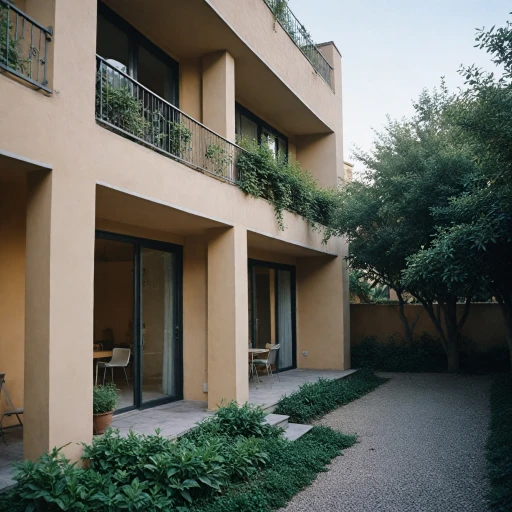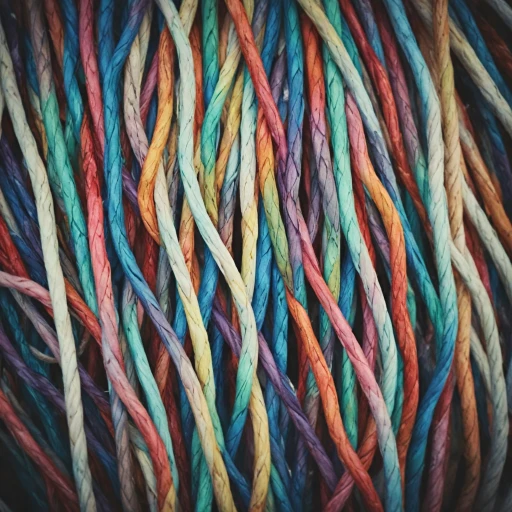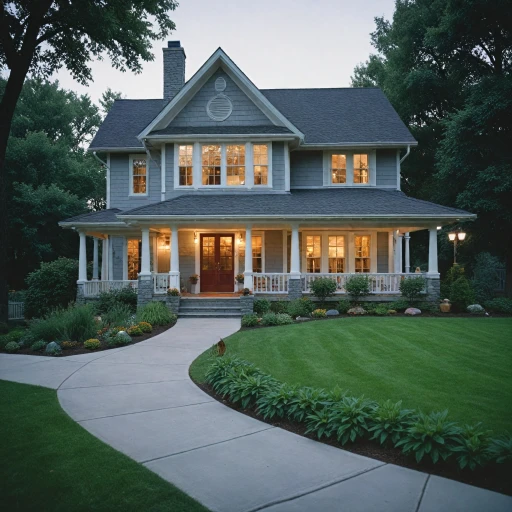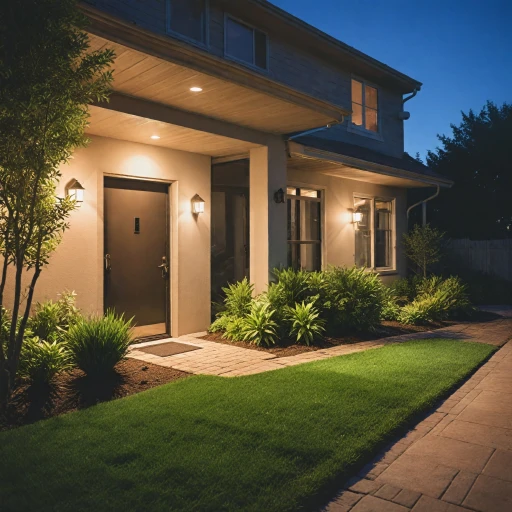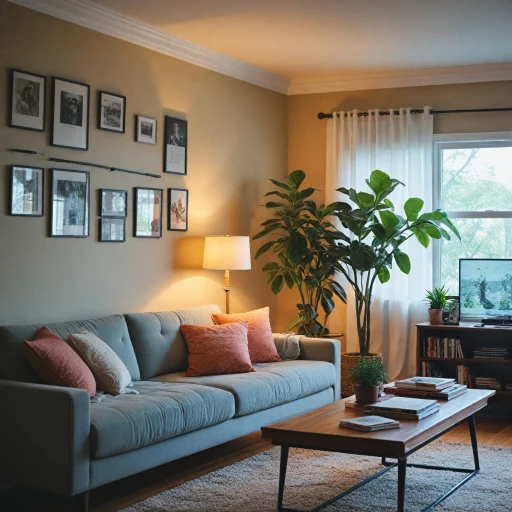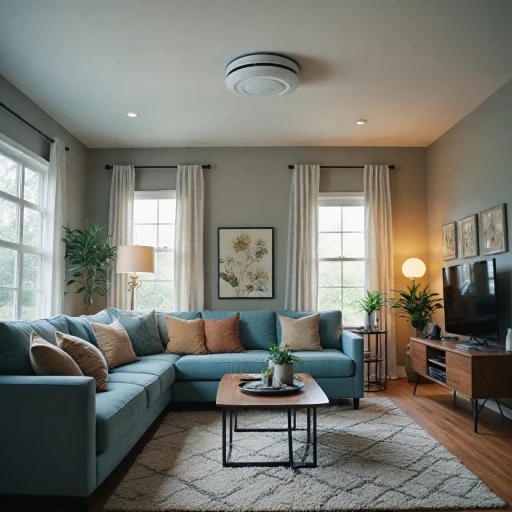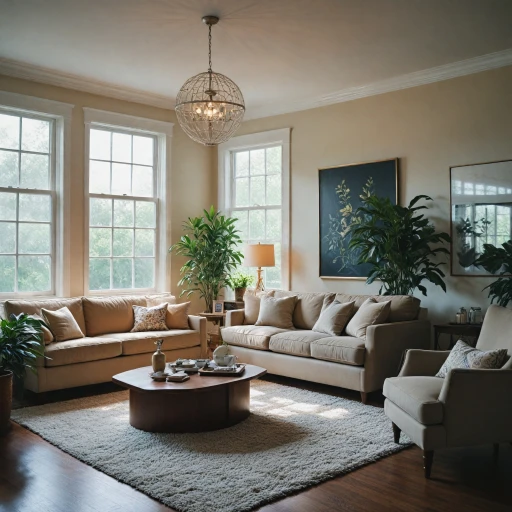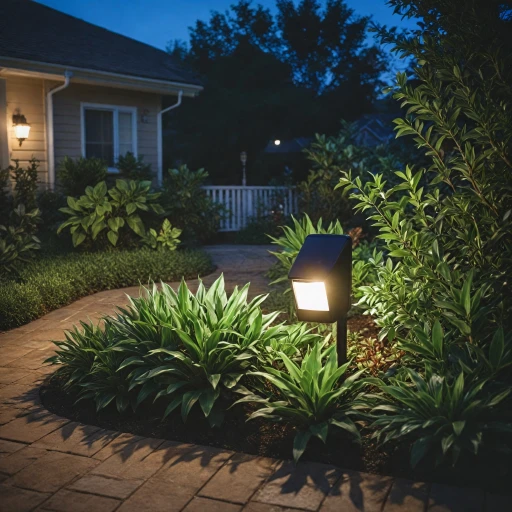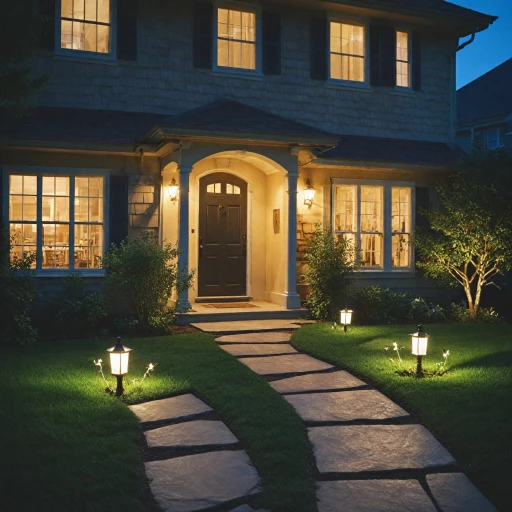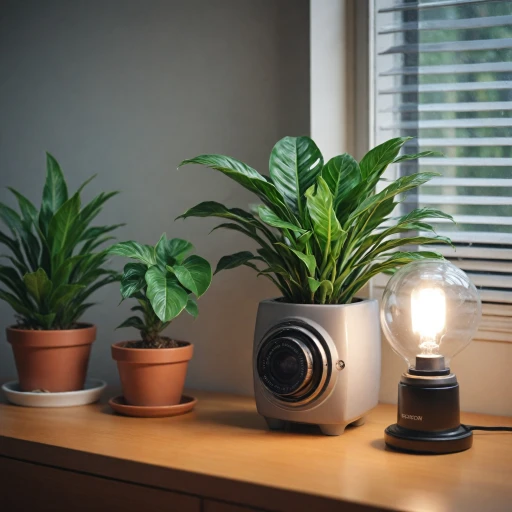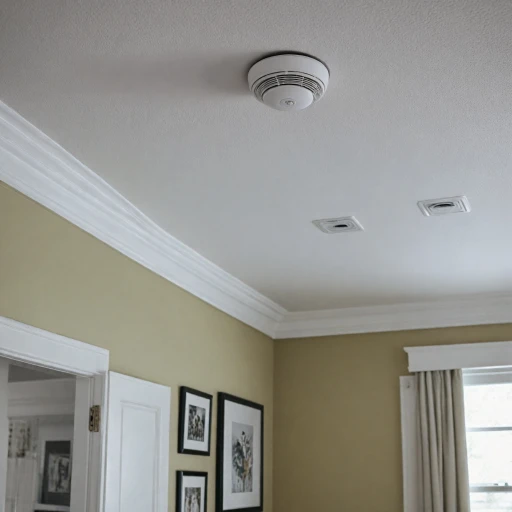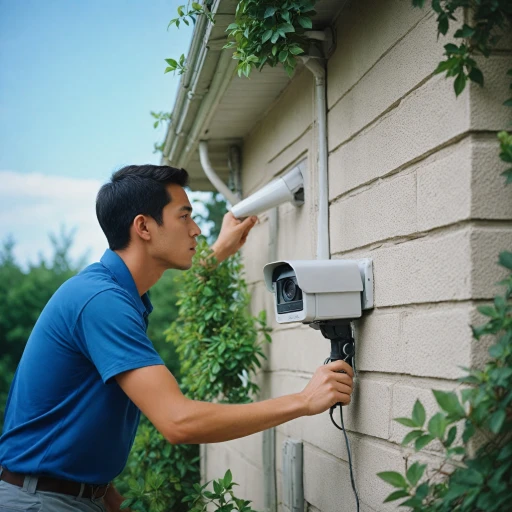
The Role of Surveillance Camera Cords in Home Security
Understanding the Significance of Cables in CCTV Systems
Cables are the unsung heroes in any security system, forming the backbone of connectivity and power. Among the myriad components of CCTV systems, security camera cables play a pivotal role in ensuring seamless video transmission and powering the cameras. Understanding their function is crucial for enhancing the effectiveness of your home security. One of the essential cables in home security is the power cable. It supplies energy to the cameras, ensuring they are operational around the clock. However, not all cables are created equal, and the choice between them can impact your home security system. Camera cables like the Siamese cable combine video power with data transmission, making them a popular choice for comprehensive systems. They merge into a single cord, reducing clutter and simplifying installation. Similarly, BNC video connectors are pivotal for video signal transmission, offering a stable connection that ensures clarity and consistency in camera footage. Another variant includes CAT cables, prevalent in networked camera systems. These cables are rated for their ability to handle significant data loads, a necessity in modern security setups. The use of network cables, such as CAT5 or CAT6, can significantly enhance the quality and resolution of your CCTV camera images. Being informed about these various cables is merely the first step. Comparing the available options and understanding the compatibility with your security cameras and system components will guide you in selecting the optimal setup for your needs. This, in turn, contributes to a robust and reliable home security solution. In subsequent sections, we'll dive deeper into the various types of surveillance camera cords, providing installation tips and addressing common concerns. Each component plays a role in the larger security ecosystem, ensuring that your security remains uncompromised, clear, and effective.Types of Surveillance Camera Cords
Exploring the Various Types of Surveillance Camera Cords
When it comes to setting up a CCTV security system, selecting the right type of camera cables is crucial for efficient functioning and optimal performance. With a plethora of options available, it's essential to have an overview of the most common types of surveillance camera cords and understand which might be the best fit for your needs.- Power Cable: These cables are responsible for supplying power to your security camera. It's important to choose a robust power cable that can efficiently deliver the necessary voltage to power your cameras.
- BNC Video Cables: Used primarily for analog CCTV cameras, BNC video cables transmit video signals. The best BNC cables should offer minimal signal loss and good image quality even over longer distances.
- Siamese Cable: Siamese cables are a combination of power and video cables. They are a cost-effective and convenient solution for powering and transmitting video signals through a single cable run.
- Cat Cables: When dealing with IP cameras, network cables such as Cat5e and Cat6 are typically used. These "network cables" are designed to handle video data transmission and power when using Power over Ethernet (PoE) technology. To understand more about PoE and how it integrates with your system, check out this guide on PoE network switches.
- Connectors: Making sure you have the appropriate connectors, such as BNC video, is crucial in maintaining a secure connection and ensuring seamless transmission of power and video signals.
Choosing the Right Cords for Your Security System
Finding the Best Cables for Seamless Camera Connectivity
When it comes to setting up a home security camera system, selecting the right cables for your security cameras can make all the difference in functionality and reliability. Different types of camera cables are available in the market, and choosing the ideal ones depends on both the technical specifications of your security system and your specific needs.
Firstly, consider the type of system you have. If your system relies on CCTV security, you may want to use coaxial cables such as cable BNC or siamese cables, which provide video power and signal through a single cord. For IP cameras, using good quality Cat cable will ensure steady data transfer and connectivity. Cat 5e and Cat 6 cables are popular options, known for their reliability and high-speed data transfer, which you can add to cart for easy purchase choices.
It's also important to focus on the length and durability of the cables. In some setups, a siamese cable might be more efficient due to its ability to combine power and video transmission. Further, if you're looking to minimize the number of cables used, a network cable that supports both power and data transmission might be ideal. You can compare different cable types and their specifications, such as durability and color options between cable black and cable white, based on your security system's layout and aesthetic preferences.
Additionally, connectors and compatibility of the cables with your current security system play a pivotal role. Make sure to determine if the connectors fit snugly with the camera and the security system.
By choosing the best cable tailored for your CCTV camera needs, you ensure that your security system is both effective and long-lasting. This contributes to an optimized setup, minimizing potential troubleshooting issues in the future. For further insights on enhancing your home safety setup, having the right cables in your shopping cart is essential.
Installation Tips for Surveillance Camera Cords
Setting Up Surveillance Camera Cords for Effective Home Security
For optimal functionality of your security system, installing surveillance camera cords correctly is crucial. Whether integrating with a complete CCTV setup or adding individual security cameras, the right installation impacts your entire system's performance. Here are some tips to ensure a seamless process:- Plan Your Layout: Before you even think about purchasing your security camera cables, consider where each camera will be positioned and where your recording and monitoring equipment will be located. This helps in determining the length of cables needed and the type of cable, be it a traditional BNC video or a more modern cat cable.
- Consider Cable Types: Different security systems might require different cable types. For instance, the siamese cable, which combines power and video in one, could be ideal if you’re looking for fewer connections. On the other hand, cat cables provide great flexibility, especially in networked or IP camera systems.
- Ensure Proper Power Connectivity: Without adequate power, your cameras won’t function effectively. Siamese cables are an excellent choice for providing both power and video in one run, minimizing the need for additional power cables. It’s essential to check compatibility with your camera's power requirements.
- Weatherproof Installations if Necessary: If your cables are running outdoors or in potentially harsh environments, invest in cables rated for outdoor use or consider purchasing additional protective covers to ensure longevity and reliability. Black and white cable options exist for both aesthetic and functional outdoor integrations.
- Label and Organize: During installation, label each end of your cables. This not only helps with installation but also simplifies troubleshooting. Consistent attention to cable arrangement avoids tangling and "cable cart" scenarios where cords overlap in messy bundles.
- Utilize Professional Tools and Connectors: For those installing camera cables themselves, ensure you have the correct tools and connectors. Using improper installation techniques can lead to connectivity issues. Investing in quality BNC connectors and installation tools can differentiate between a successful setup and repeated troubleshooting needs.
Troubleshooting Common Cord-Related Issues
Common Issues and How to Address Them
In any security system, reliability is paramount, and camera cables play a critical role in maintaining that reliability. However, problems can arise, causing headaches and potentially compromising your security. Here's how to troubleshoot common cord-related issues with your home security setup.- Loose Connections: Frequently, problems with your CCTV camera can be traced back to loose or disconnected cables. Ensure all connectors, such as BNC video connectors and power cables, are tightly connected. Double-check the camera cables and make sure they are securely attached to the camera and in the correct ports.
- Signal Interference: If your video feed appears distorted, interference may be the culprit. Network cables like CAT cables might cross paths with power cables, causing interference. To resolve this, separate camera cables from power cables and try using shielded cables to minimize interference.
- Power Issues: Power cables may be overloaded, leading to intermittent power supply issues for your security cameras. Compare the power requirements for your cameras with the supply provided by your security system. If required, upgrade to a higher rated power cable or consider expert consultation.
- Weather-Related Damage: Exposure to harsh weather can damage cables, especially siamese video and power cables. Inspect cords regularly for wear, especially at junctions and connections. Use rated weatherproof systems or replace damaged cables to maintain consistent performance.
- Compatibility Issues: Not all cables work with every security camera or system. Systems using siamese cables, for instance, may not perform well if the wrong connectors are used. Always verify compatibility when replacing or upgrading cords, paying attention to specifics such as BNC or black and white cable connectors.



